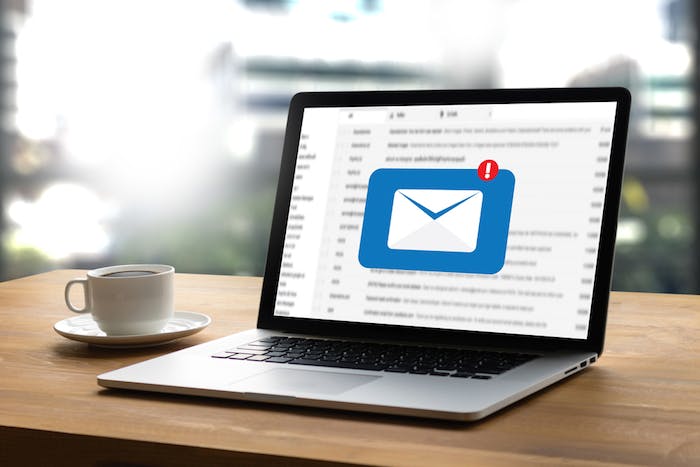Jessica Bolton, Enterprise Customer Success Manager at Iterable, shares some advice on closing the accessibility gap via three email campaigns fundamentals – content, code and visuals.
We need to talk about accessibility.
Brands spend a great deal of time perfecting their email campaigns, spending weeks and sometimes even months ensuring every little detail is perfect. But what’s the point of spending time and money if your campaign excludes a large proportion of your customer base?
Ensuring your email campaign is accessible ensures that you are including, not excluding, your customers. Over one in five people in the U.K. are reported to have a disability, however, research by Litmus found that despite 77% of marketers seeing email accessibility as a prime concern for their brand, only 8% follow best practice on accessibility.
Close the gap in accessibility application in marketing by focusing on making the three fundamentals of email campaigns – content, code and visuals – accessible to the entire audience.
Content
Let’s start with the heart of the matter. Ensuring your content is accessible to everyone is the top priority for an email campaign. When it comes to subject liners and pre-headers, it’s easy to focus solely on common best practices, like ensuring they are concise and efficient. In the spirit of accessibility, keep them short, but avoid abbreviations, as these have the potential for being misunderstood by a screen reader.
When it comes to the main body of content, more brands are making use of emojis and GIFs as a way of livening up their emails. Whilst GIFs can add some flavor to content, they must be approached with caution; ask, “How will this GIF be interpreted by assistive technologies?”, before you push send. Components that have strong visual appeal might encounter difficulty in delivery when being interpreted by a screen reader. Fast or flashy animations, for example, might cause those with a visual sensitivity to experience dizziness or vertigo, or even contribute to a seizure for a person with epilepsy.
Code
First, you focus on the front-end. Next you focus on technicalities – code! There are a number of actions relating to the technicalities of an email campaign that can help increase accessibility. If you can, it’s good practice to use semantic code, which is programming that focuses on meaning to clearly define the content. Semantic code makes it far easier for screen readers to navigate and creates a much better user experience.
Setting a language attribute within your HTML is another step that can help screen readers identify the correct language profile and use the appropriate accent and pronunciation. It’s a minor, but often overlooked, step that can vastly increase the accessibility of your emails.
Visuals
Once your coding and content meets best practices for accessibility, it’s time to look at visuals. Aesthetically speaking, a poorly constructed colour scheme or flamboyant and distracting visual layout can undermine all the pre-work done to make email content accessible. Best practices state that the colour contrast ratio, or the correlation between the brightest and darkest shades of colour being used, should be at least at a ratio of 4:5:1, making them as clear to the visual eye as possible.
Remember to also consider readers with colour vision deficiencies. While colour is a great branding technique, relying solely on visual representation for brand communications can exclude some of your customer base. Common color usages – like indicating a hyperlink with the colour blue – are not as accessible as they may seem. Avoid these mistakes by ensuring links are underlined, and other intentions are communicated in evident, non-colour-reliant ways. Your foresight will offer a more engaging and rewarding experience for this segment of your audience.
A helpful tool to use in increasing visual accessibility is “alt text”. Alt text is the copy displayed when an image fails to load, offering a description of what visual should usually be there. What is lesser known is that it’s what screen readers use to convey visual elements! Alt text is an important part of every brands’ online communications and should always be used behind images in email campaigns.
The Path Forward
Steps taken to make your campaigns more accessible may seem minor in workload, but are meaningful in impact. They can go a long way in making an email campaign truly accessible. Keep these three considerations – Content, Code, and Visuals – in mind when crafting your next campaign. This will ensure your email campaigns follow accessibility best practices and are inclusive to your entire customer base.







